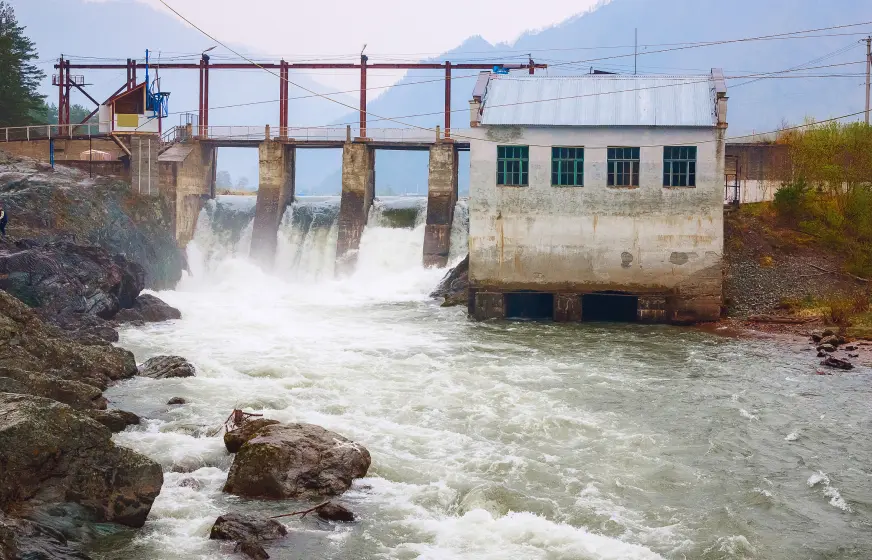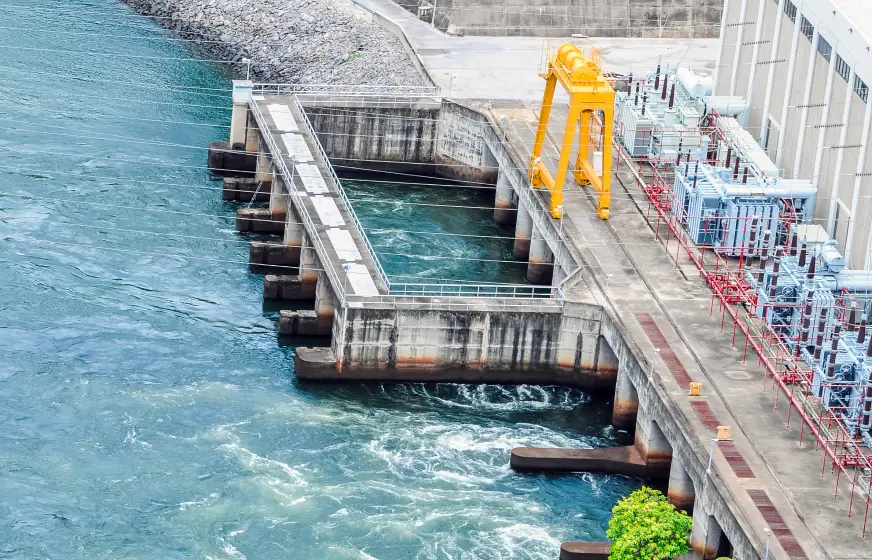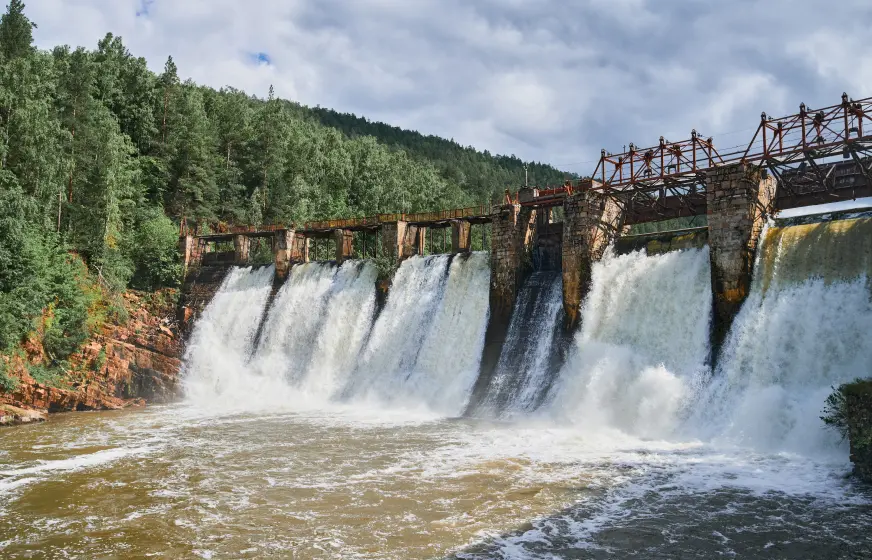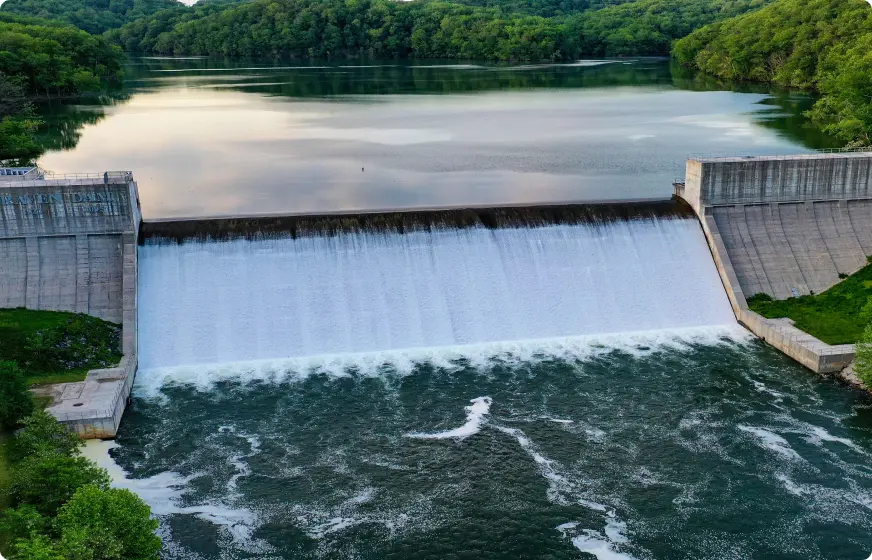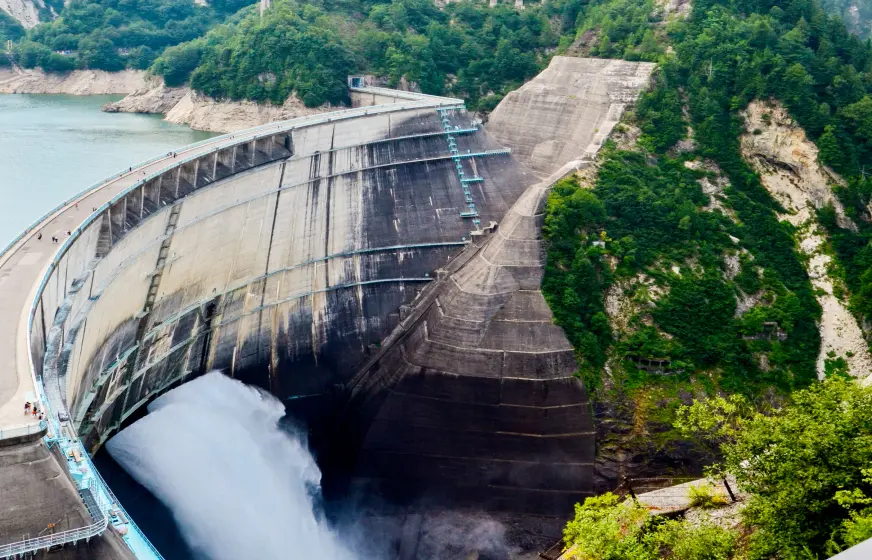
In the quest for sustainable energy solutions, floating hydropower is emerging as an innovative and promising technology. By harnessing the power of water bodies such as rivers, lakes, and reservoirs, floating hydropower systems offer a unique and efficient way to generate renewable energy. This approach not only maximizes the use of available water resources but also minimizes environmental impacts, making it a valuable addition to the global energy mix.
Efficient Use of Water Resources
The first step involves calculating the carbon footprint, which is the total amount of greenhouse gases (GHGs) emitted by an individual, company, or event.
Offset Purchase
Once the carbon footprint is determined, the entity can purchase carbon offsets equivalent to their emissions. Each offset typically represents one metric ton of carbon dioxide (CO2) or its equivalent in other greenhouse gases.
Investment in Projects
The funds from offset purchases are invested in projects that reduce, avoid, or capture emissions. These projects can be in various sectors such as renewable energy.
Certification and Verification
Reputable carbon offset programs ensure that projects are certified and verified by third-party organizations. This guarantees that the claimed emissions reductions are real, additional , and permanent.
Carbon offset programs provide a practical and impactful way for individuals, businesses, and organizations to mitigate their carbon emissions and contribute to global climate action. By investing in a diverse range of projects that reduce or capture greenhouse gases, these programs help balance emissions and foster sustainable development. Ensuring the quality and integrity of offsets through certification and verification is essential.
